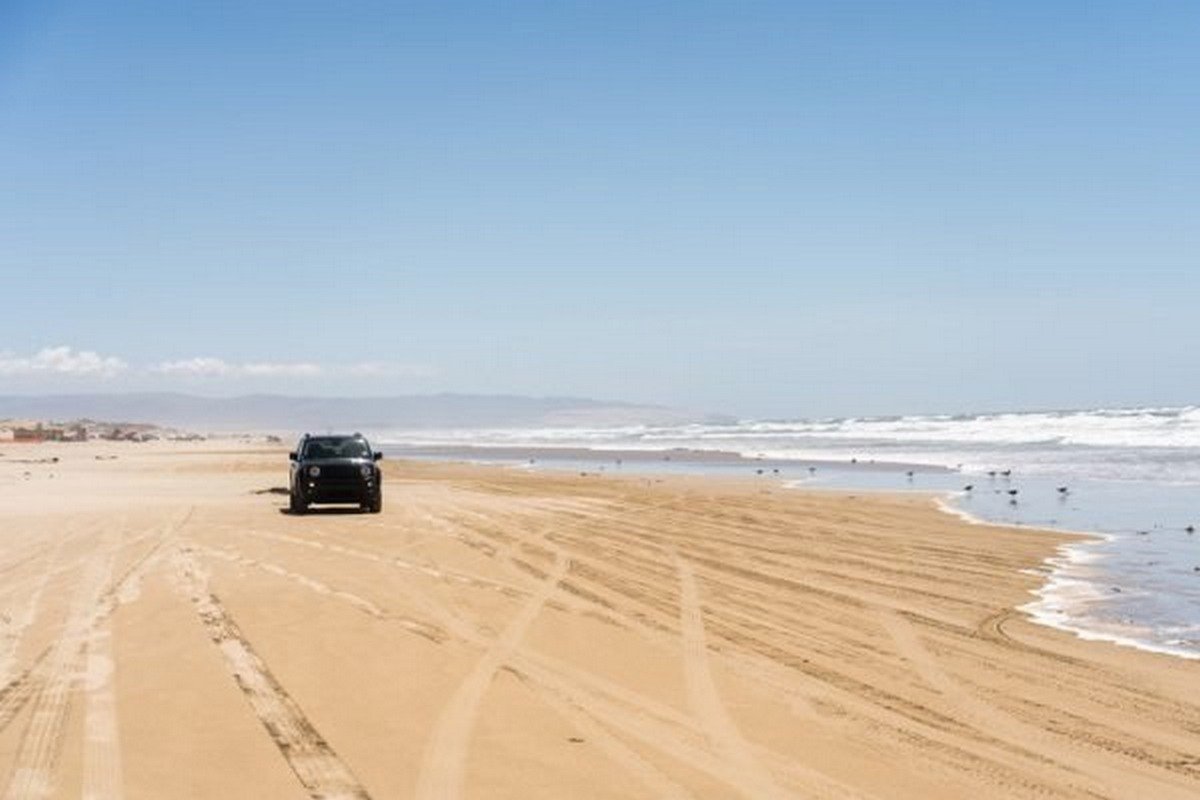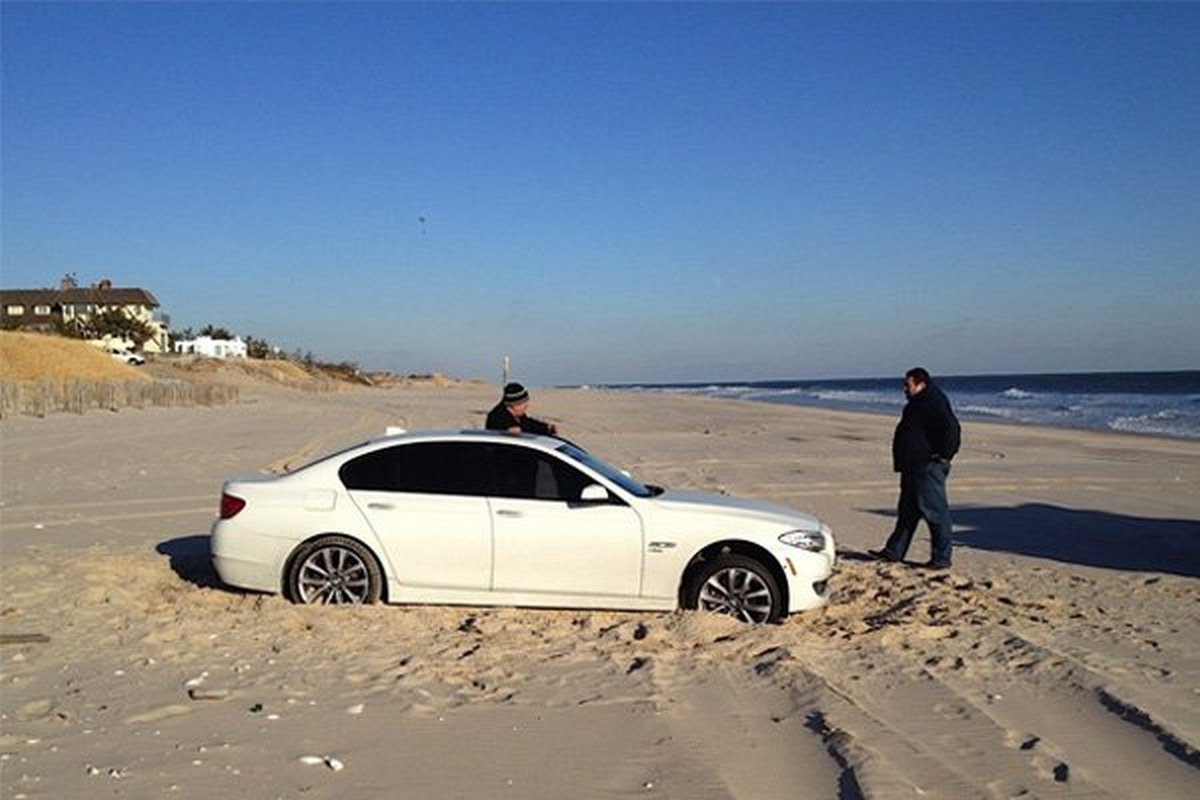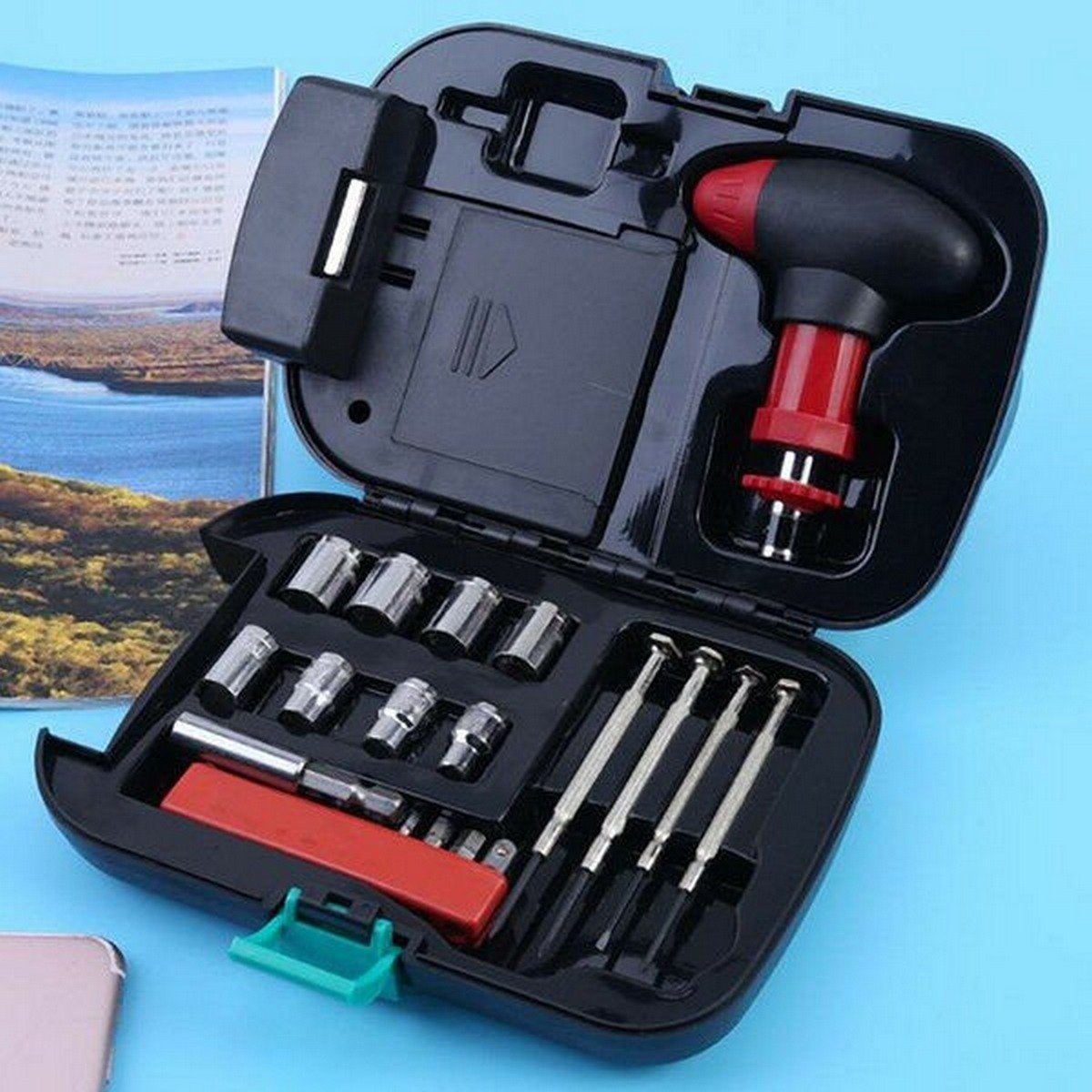Popular Tips
YOU MIGHT BE INTERESTED IN
When Driving On The Beach: 9 Things To Keep In Mind
by Mohammed Burman |
28/05/2019
Driving on the beach is very fun; however, being stuck in the sand is not. Therefore, you need to know the most useful tips for driving on the beaches. Read this article to find out.
- Tag:
- car tips
- beach driving















 Follow us on google news
Follow us on google news
